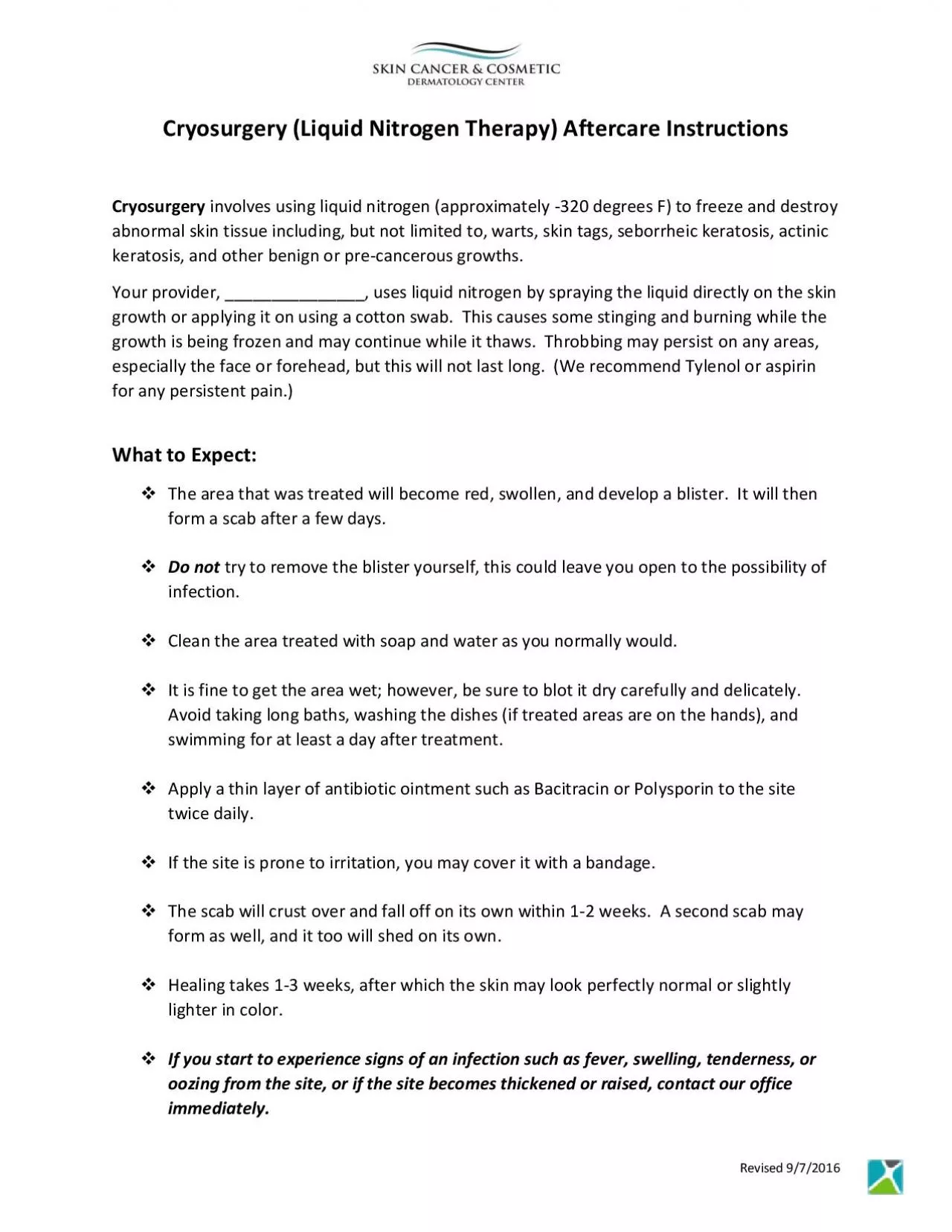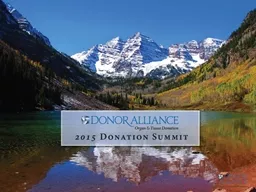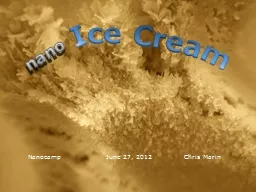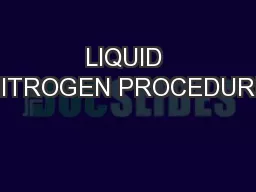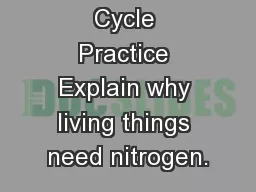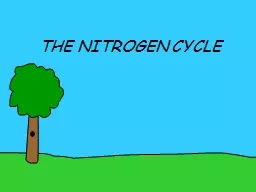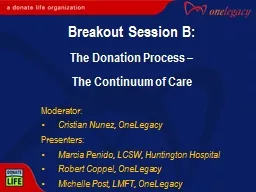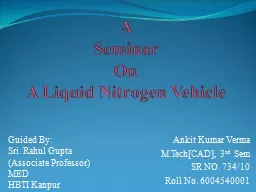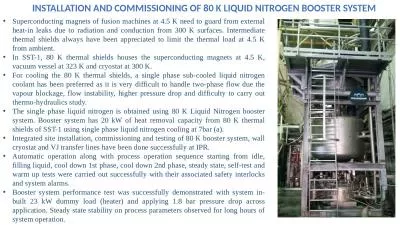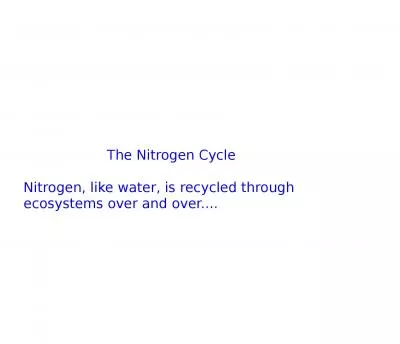PDF-Cryosurgery Liquid Nitrogen Therapy Aftercare Instructions
Author : pamela | Published Date : 2022-08-25
Revised 9720 16 Cryosurgery involves using liquid nitrogen approximately 320 degrees F to freeze and destroy abnormal skin tissue including but not limited to warts
Presentation Embed Code
Download Presentation
Download Presentation The PPT/PDF document "Cryosurgery Liquid Nitrogen Therapy Afte..." is the property of its rightful owner. Permission is granted to download and print the materials on this website for personal, non-commercial use only, and to display it on your personal computer provided you do not modify the materials and that you retain all copyright notices contained in the materials. By downloading content from our website, you accept the terms of this agreement.
Cryosurgery Liquid Nitrogen Therapy Aftercare Instructions: Transcript
Download Rules Of Document
"Cryosurgery Liquid Nitrogen Therapy Aftercare Instructions"The content belongs to its owner. You may download and print it for personal use, without modification, and keep all copyright notices. By downloading, you agree to these terms.
Related Documents

